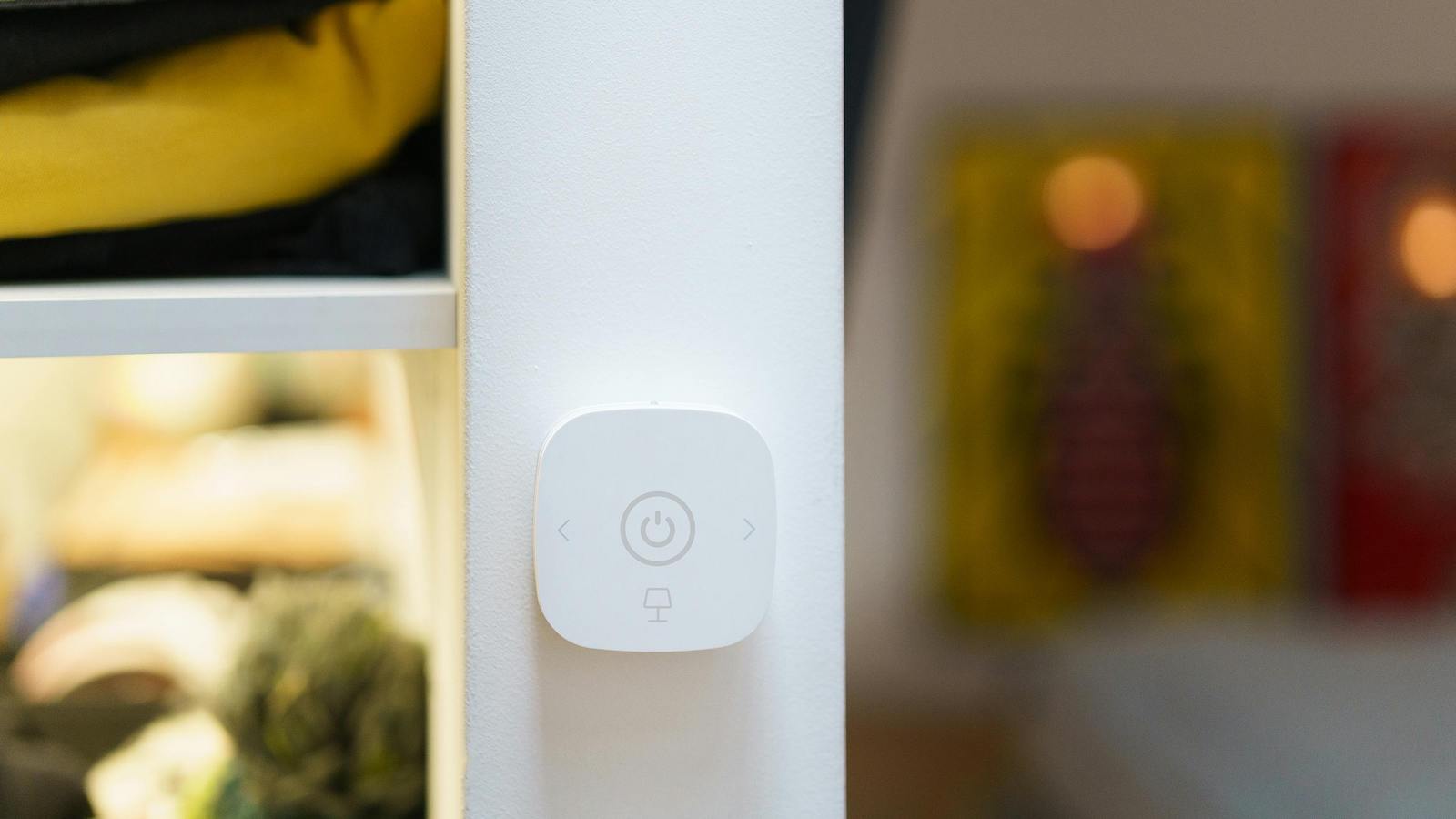It was 4 o’clock in the morning when a neighbor, a family with kids and dogs, experienced a home loss in a fire during the pandemic. The family lost nearly everything and needed help and a hug. Eventually, they would also need help getting back on their feet, but at that moment they simply needed reassurance that things would be okay and to have their questions answered. Witnessing this experience firsthand shaped how I view the value and importance of technology’s role in insurance.
There has been no shortage of insurance challenges stemming from the pandemic. Earlier this year, insured losses were projected at $44 billion, and potentially rising. But these numbers do not consider the emotional toll felt by all. People are at the core of insurance — and insurance requires humanized experiences. Insurers remain resilient and are looking for ways to better serve customers. This includes digitally or with the help of automation, machine learning and telematics, for example. This is a critical evolution for our industry as we change how insurance is being built, deployed and serviced.
Humanized experiences. This guiding light is the only way insurance can successfully digitally transform to serve its purpose. Let’s look at our future through this lens.
Empathy, empathy, empathy!
Those of us in the insurance industry must ask ourselves the following fundamental question: How are we being empathetic? Think back to a time when you were stressed out, experienced a state of loss or generally looked for an answer to a pending problem. All routes are viable – phone, web, friends, peers, agencies and more. It can be a scramble to resolve a challenge in a timely manner. This is not an uncommon situation for those going through a loss, particularly when there is a continuing or unresolved insurance claim. And, according to a Duck Creek survey of 2,000 insurance consumers from around the world, 95% would like to hear more about the status of a claim.
From a carrier perspective, empathy means making programs and platforms simple to deploy and use. When carriers or agents are trying to engage with customers in times of need, technology must work, and we must build with this desire for familiar experiences in mind. Innovation almost needs to be silent, stealthy or – dare I say – invisible. Technology platforms need to look and feel right and give the person dealing with a customer the information they need to deliver the right human experience. From a customer perspective, they want to be reached via their preferred method wherever in the world they might be. Do you offer direct phone calls? Does the insured only want text updates? Do they log into their online portal for status notifications? These are the kinds of micro-decisions that lend themselves to empathetic experiences in a digital world.
New customer experiences (for both workers and insureds)
In that same Duck Creek survey, 50% of all respondents mentioned that customer service was the determining factor in rating their insurance purchasing experience, over the price of insurance. For all that is said about competitive pricing in insurance (and, yes, it is a HUGE factor), we cannot forget the value of the right customer experience. This is an opportunity for both insurers and insureds to thrive. And it opens the door for new talent, new technologies and new ways of thinking in our industry.
We’re seeing this in real time with the growth of embedded insurance. Once a purchase is made, insurance options are bought to the table through a few clicks or taps. This eliminates friction and helps consumers at the point of purchase. Because these processes are embedded (or connected), policy management (and eventually claims processing) can be streamlined. In addition, coverage can be dynamic, getting customers and carriers closer together. From an employee perspective, new sales and service opportunities await to meet customer demand. Insurers also get a way to be there when customers may not know they need them (for example, travel insurance), enhancing a company’s reputation and protecting against potential loss. This is what it means to be human-centric.
See also: 2022 ITL Yearly Wrap Up
Evolving relationships with policyholders
Relationships between solutions providers and carriers, as well as carriers and insureds, are evolving. This is largely being seen with real-time or usage-based insurance (UBI) or through telematics applications where people get discounts or rewards for their actions. This is nothing new in insurance, but we’re playing in a new sandbox now. Insurance is truly connected, and the maturation of cloud ecosystems means that the right architecture is in place to make “evolved insurance” a reality. This will forever change relationships in insurance. Data has always been critical to insurance, but it’s about to take on a whole new importance.
Just as with any human experience, trust becomes the focal point. Why? Because the more data we share and the more visibility we provide into our lives, the more trust we are placing in others to use information to benefit us. Traditionally, UBI has been very surface-level. One or two data points are every so often used as an incentive or selling point. That is changing, fast — thanks to always-on connectivity in our smart tech-enabled lives. For perspective, one carrier predicted that approximately 70% of new business would come in the form of UBI by 2025. That’s why the more we know about a customer or policyholder, the better we can use technology to autofill critical information and provide real-time support. This means less time spent in the weeds and more time dedicated to the personalized interactions that matter.
Final take
None of this will be easy to implement in 2023 and beyond. But the journey must begin, from the ideation of solutions to their deployment, to the products offered to insureds, to how people are serviced. Insurance is becoming one long value chain permeating more and more areas within our lives. There are so many areas to innovate for the better. Everyone is looking for the right support system.
Those providers and carriers who can overcome turbulent times with the help of technology, and use these tools to deliver humanized, empathetic insurance experiences will win the day. And, consumers will ultimately benefit from this evolution if the industry gets it right.








